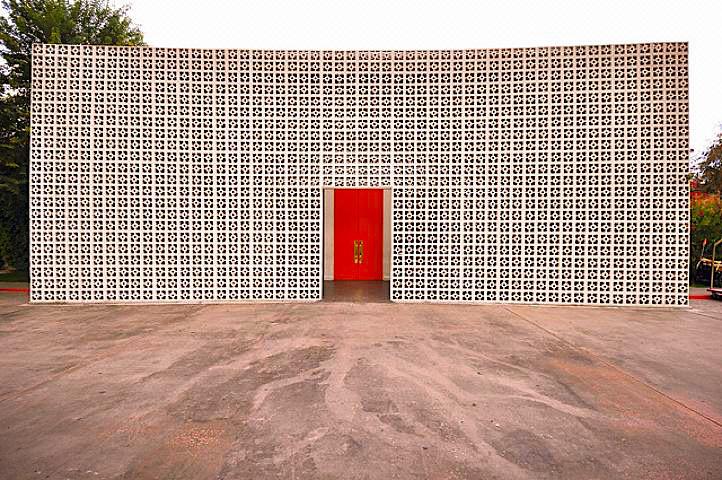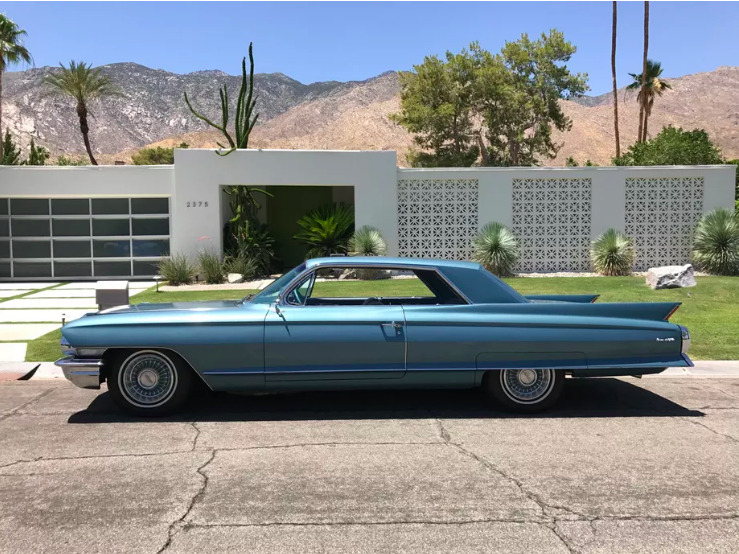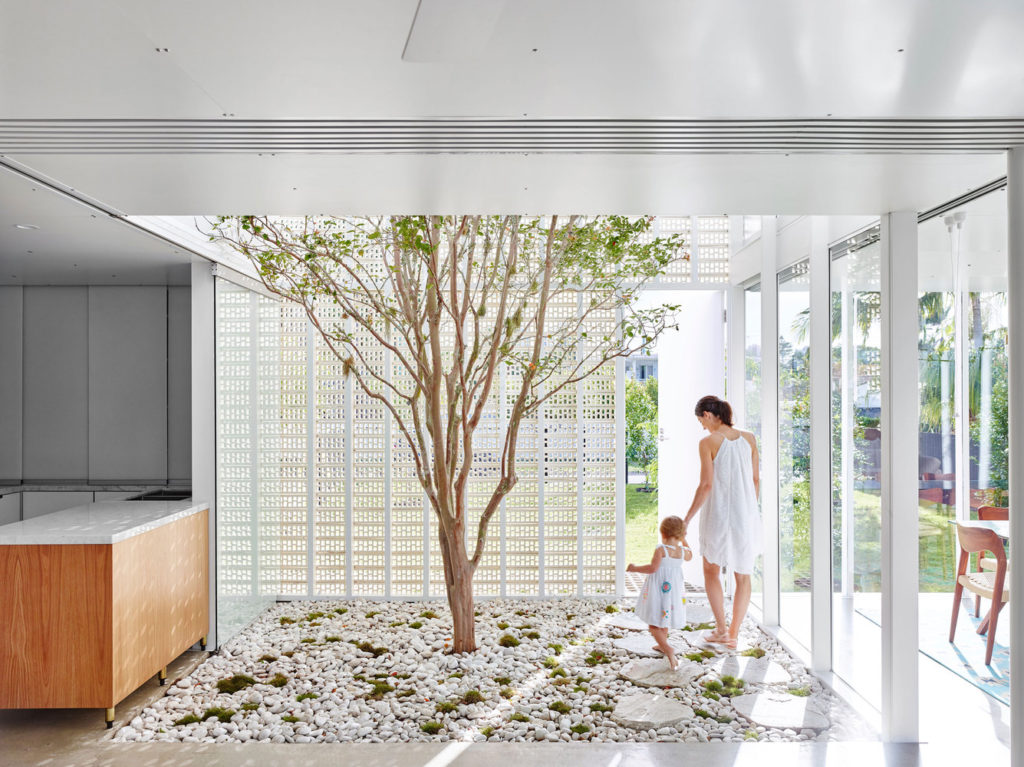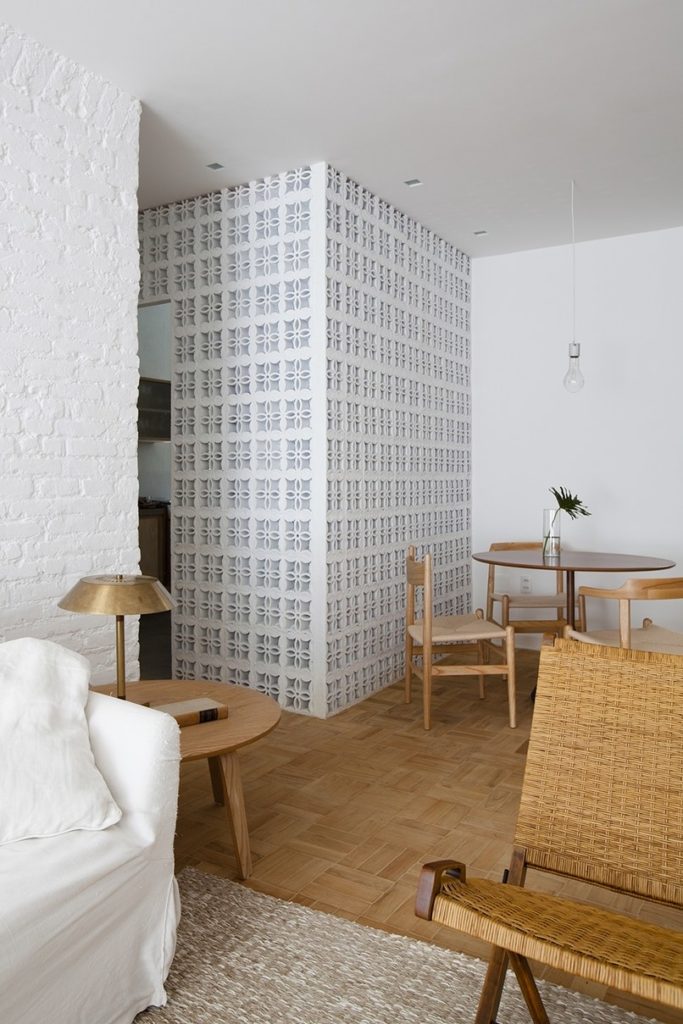Ever wondered what sparked the mid-century modern infatuation with those concrete blocks with decorative cutouts that surround so many traditional homes? Well, they’re called breeze blocks, and we have the scoop. Dating back to the 1930s, breeze blocks, or architectural screen blocks offer a decorative screen wall or fence with an architectural appeal. As you’ve probably noticed, these concrete blocks became wildly popular throughout the mid-century modern era during the 1950s and 1960s.
Both residential and commercial buildings started to use breeze blocks with decorative hole patterns within their design. Often, these blocks were used in hot climates to allow a breeze through, hence the name “breeze blocks.” They also became the top choice for screen and fencing material in coastal areas prone to hurricanes.

Breeze blocks are often made from ashes of coal. They are bonded together with Portland cement and often used for walls bearing smaller loads.
Breeze Blocks Started in the Art Deco Period
While we may associate breeze blocks more with mid-century modern designs, they actually started in the Art Deco period. The 1930s saw breeze blocks become a trend used in modern homes as a way to transition from building to yard.
Popularity Sprouted in the 1950s and 1960s
Breeze blocks started in the 1930s, but they really didn’t gain massive popularity until the 1950s and 1960s. During the 1960s, the suburbs started to embrace breeze blocks as a common fencing option. Not only had these concrete blocks caught on in the suburbs, but also throughout commercial projects.

Just about every coastal and warm climate across the globe started to embrace breeze blocks. They were used in residential and commercial projects throughout Australia, Brazil, Spain, the United States, and many other countries.

Popularity Waned in the 1970s
While breeze blocks came on strong and were a popular design element throughout the mid-century modern period, the trend started to die off in the 1970s. Only a limited number of patterns and sizes were produced due to the lack of demand.
Breeze Blocks are Making a Comeback
While it may only be due to the resurgence of mid-century modern design, breeze blocks are making a huge comeback. They have started popping up all throughout the architectural world in both commercial and residential buildings, even in some interior designs. With the minimalistic trend catching on again, breeze blocks offer an effective option for designers to consider.

In fact, during the 2016 Houses Awards, the winner of the “Best house under 200 meters square” was the Naraga Avenue House by James Russell Architect. This house features a minimalistic design with a beautiful “skin” of breeze blocks. Several other homes have become famous due to the breeze blocks used, such as the Breeze Block House from architect Prineas.

There was a time when you could find at least one plant in every mid-sized city creating concrete blocks or bricks. However, those times are gone.
Currently, there are not many companies making breeze blocks, unless you live in Florida, where there are three companies producing interesting blocks. Some home improvement stores will carry the classic patterns, such as the cloverleaf or snowflake. However, finding more unique patterns can be a bit difficult.

With the mid-century modern craze happening, maybe the times of breeze blocks are truly coming back. If so, maybe more manufacturers will enter the mix offering unique options for mid-century modern designs.